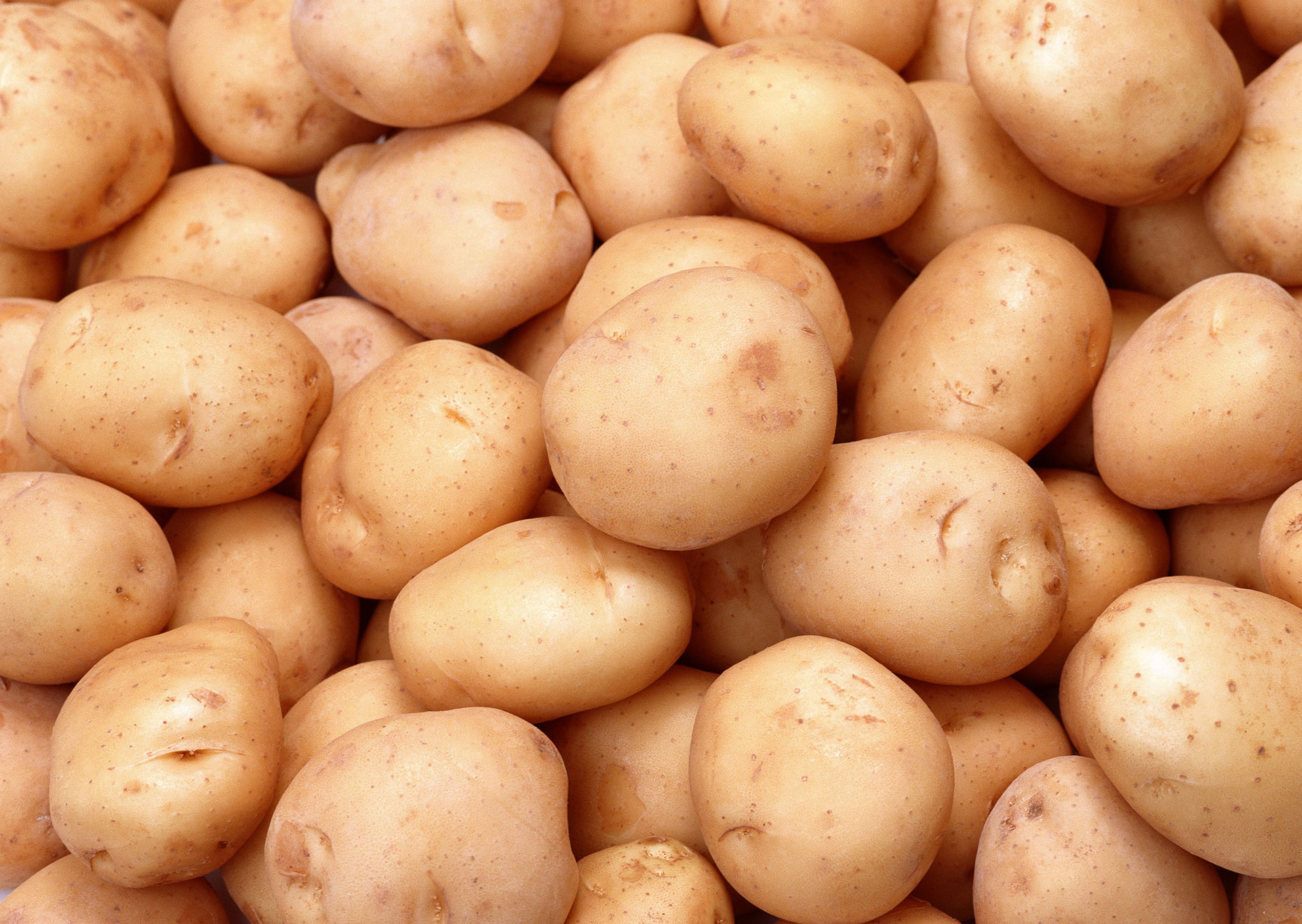Photosynthesis is one most important set of chemical reactions, or chemical process, in existence. What is photosynthesis and why is it so important? Photosynthesis is a complex set of reactions taking place place primarily in leaves that use energy from the sun and carbon dioxide from the air to produce sugars (simple carbohy-drates) and oxygen. These sugars provide energy for growth and along with mineral nutrition, water and oxygen, plants can grow and manufacture complex carbo-hydrates resulting in greater dry matter (DM) production and accumulation.
What are the factors affecting photosynthesis and thus DMA (yield / harvest)?
Sunlight. Effective sunlight consists of both light interception (the light captured by leaves on a unit area) and light distribution (the amount of light filtering into a plants canopy). Both light interception and light distribution can be calculated as the leaf area index (LAI) of a crop. LAI and its duration and dry matter accumulation are linearly and positively correlated. The greater the LAI and duration thereof, the greater the DMA with all else being equal. Other factors include:
• Daylength (photoperiod)
• Healthy leaves, leaf longevity, disease and insects
• Balanced plant nutrition
• Water balances and irrigation factors
• Ambient temperatures
• Phenotypes and varieties
• Planting date
• Soil type and rootzone health
• Seasonal differences
• Harvest maturity.
The list can go on...
Plants thus produce their own food from photosynthesis. DMA is simply the amount of that food which is converted to dry matter. This dry matter accumulation varies depending on the crop growth stage and can be determined by cutting the portion to be calculated, weighing and then re-weighing after oven drying. In potatoes, DMA occurs into all plant parts, but the amount accumu-lated in the tubers is of greatest importance. In the earlier stages of potato plants, DMA in leaves and tubers is equal. Towards harvest, DMA accumulates more into the tubers. In selected commercial varieties, early varieties accumulate dry matter more quickly into tubers but longer growing varieties tend to out-yield early varieties due to greater LAI (more vegetative growth) and LAI dura-tion. Sometimes early varieties are grown for specific reasons such as market timing or cli-mate factors, so they too are important even though perhaps producing less total yield.
In potato, dry matter accumulation is highly correlated to specific gravity (SG) which is easily determined. Normal SG values vary between 1.055 and 1.101 which correlates to 13.0% to 24% DM.
Dry matter accumulation has been studied in most crops and is most useful in deter-mining the optimum times for fertilizer scheduling and mineral use efficiencies.
The importance of plant nutrition
Balanced nutrition is of primary importance with the right amount of mineral nutrients at the right time and the right place. For example, excessive nitrogen can reduce DMA in tubers. The form of applied nitrogen is most important in DMA. Nitrate nutrition, as a proportion of the correct total nitrogen amount, will facilitate the uptake of other nutrients (K, Ca and Mg) whereas ammonium nutrition will suppress the uptake of these elements. Nitrate nutrition also promotes DMA into tubers by being more energy efficient in the production of dry matter. Ammonium nutrition is less energy efficient resulting in less total DMA.
Excessive chloride from high potassium chloride applications will also reduce DMA into tubers. So, the golden rule is to maximize the nitrate nutrition of the total required nitrogen and reduce chloride applications to a bare min-imum, avoiding chlorides totally if possible.
Because potassium and then nitrogen are required in the greatest amounts by a potato crop, potassium nitrate (Ultrasol® K Plus and Qrop® K) along with high nitrate nitrogen fertilizers is the ideal way to achieve this, not forgetting the importance of the other min-eral elements too.



